Sadongmyeonok (사동면옥)
1.5Km 2021-12-17
9, Insadong, 8-gil, Jongno-gu, Seoul
+82-2-735-7393
A store with over 35 years’ experience that sells Hwanghaedo-style dumplings. The best menu at this restaurant is dumpling hot pot. This Korean dishes restaurant is located in Jongno-gu, Seoul.
Busan Sikdang(부산식당)
1.5Km 2021-04-09
12 Insadong 11-gil Jongno-gu Seoul
+82-2-733-5761
It is a house where you can eat hot and spicy Daegutang (Codfish Soup). This restaurant's signature menu is codfish stew. This Korean dishes restaurant is located in Jongno-gu, Seoul.
Balwoo Gongyang (발우공양)
1.5Km 2025-05-29
56 Ujeongguk-ro, Jongno-gu, Seoul
Centro de Información de Estancias en Templos (템플스테이 홍보관)
1.5Km 2022-09-28
Ujeongguk-ro 56, Jongno-gu, Seúl
El centro es un complejo cultural de cinco plantas donde se encuentran la mayoría de oficinas responsables de las estancias en templos, centros de información, centros educativos, un restaurante de comida budista tradicional llamado Balwoo Gongyang, entre otros.
Busan Sikdang (부산식당)
1.5Km 2021-03-24
12, Insadong 11-gil, Jongno-gu, Seoul
+82-2-733-5761
Busan Sikdang has been operated in one location since 1976. They offer clean and plain soup and properly-cooked rice prepared upon the customers' arrival.
Templo Jogyesa en Seúl (조계사(서울))
1.5Km 2024-05-17
Ujeongguk-ro 55, Jongno-gu, Seúl
El templo Jogyesa es el núcleo del budismo zen en Corea, en él se encuentran la oficina principal de administración del budismo coreano y la sala en donde se realiza la asamblea general, entre otras instalaciones. Fue construido hacia finales del siglo XIV (época de Goryeo) en el interior del actual parque Susong, pero fue destruido (en un período indeterminado) debido a un incendio, y fue reconstruido en el año 1910. A lo largo de su historia ha tomado varios nombres, hasta que recibió la denominación de Jogyesa en el año 1954. El nombre deriva del monte Jogyesan, el cual fue el lugar en donde meditó el monje Hyeneungdaesa. Fue uno de los monjes más respetados, por lo cual sus enseñanzas y su vida han sido objeto de estudio a lo largo de la historia. En el altar del templo Jogyesa, al ser el lugar más sagrado y honrado del budismo en Corea, se llevan a cabo eventos, ceremonias y ritos durante todo el año. El edificio próximo al altar principal es la oficina general de administración del budismo coreano, es decir, es un organismo que ejerce las actividades de control y ejecución, por lo que también se efectúan gran cantidad de eventos budistas. Dentro del edificio se establecen las salas de exposiciones y la imprenta, que edita e imprime semanarios budistas. En el patio principal del templo se sitúa la pagoda de piedra de 7 pisos, construida en el año 1930. En especial, dentro de la pagoda se encuentran enterradas las cenizas de Buda, que fueron traídas en el año 1914 por un monje esrilanqués. Hacia la izquierda se encuentra instalado el campanario, que posee un gran tambor, una campana e instrumentos tradicionales de madera que se utilizan en el templo. Al otro lado del campanario está el primer centro cultural académico, construido en el año 1991, en donde se realizan seminarios, actuaciones, ceremonias de boda, conciertos musicales y exposiciones, entre otros eventos culturales.
Choedaegamne (최대감네)
1.5Km 2020-06-01
12-3, Insadong 8-gil, Jongno-gu, Seoul
+82-2-733-9355
Choedaegamne is a traditional restaurant with a cozy garden and a pond. It is located at the end of the alley next to Inside Plaza. At this famous restaurant located in Insa-dong, a traditional interior is enhanced by the date trees planted in between tables. Various dishes are available such as Ssambapjeongshik with organic vegetables, beef shabu shabu using beef stock and fresh tender galbi (ribs) which are purchased daily.
Insadong Maneul Bossam (인사동마늘보쌈)
1.5Km 2021-03-19
12-5, Insadong 8-gil, Jongno-gu, Seoul
+82-2-735-7885
This is a Korean cuisine located in Insa-dong, Seoul. It is located at Ssamji-gil in Insa-dong. The representative menu is napa wraps with pork and garlic.
Sanchon (산촌)
1.5Km 2019-06-13
30-13, Insadong-gil, Jongno-gu, Seoul
+82-2-735-0312
Founded and opened by Monk Jeongsan,
Sanchon is a
vegan-friendly restaurant that mainly serves temple foods. The
dishes found here are a results of Kim Yun-sik, who was inspired
by the simple, clean and healthy diet that a Buddhist practitioner taught
him years ago. Now, being a top authority on vegetarian
food in Korea, Kim Yun-sik helped perfect the standard and quality of
temple food.
The dishes are made with all natural ingredients such as vegetables and mountain herbs, and are cooked without chemical additives. The actual dishes served vary by season, and in order to meet the tastes of the general public, the
restaurant includes "five spices" (garlic, shallots, mountain leeks, etc.), which monks are typically not allowed to eat. Those who would like their food without these ingredients are asked to make their request at least one day prior to visiting.
STAY dayoff [Korea Quality] / 스테이 데이 오프 [한국관광 품질인증/Korea Quality]
1.5Km 2021-03-29
6, Jahamun-ro 1da-gil, Jongno-gu, Seoul
This hanok (traditional Korean house) is located behind Seochon Food Street, located near Gyeongbokgung Station on Seoul Subway Line 3. It is located only 5 min away by foot from the station. Opening the door brings one to a small garden, furnished with stones and moss on a corner, and the interior also speaks to the unique combination of a modern hanok with contemporary sensibilities. The building is divided into the main building and annex building, with the former having two queen bedrooms connected by a living room and kitchen as well as two bathrooms.
The annex building is the hidden jewel of STAY dayoff, which houses a bathtub and a sauna facility behind a beautiful window wall. When the windows are opened, it is like being in an open-air bath overlooking the garden and the hanok. The standard occupancy of the house is 4, with a 10% discount available for guests staying for more than 2 nights on weekdays, and towel replacement and cleaning services are offered for guests staying for more than 4 nights.

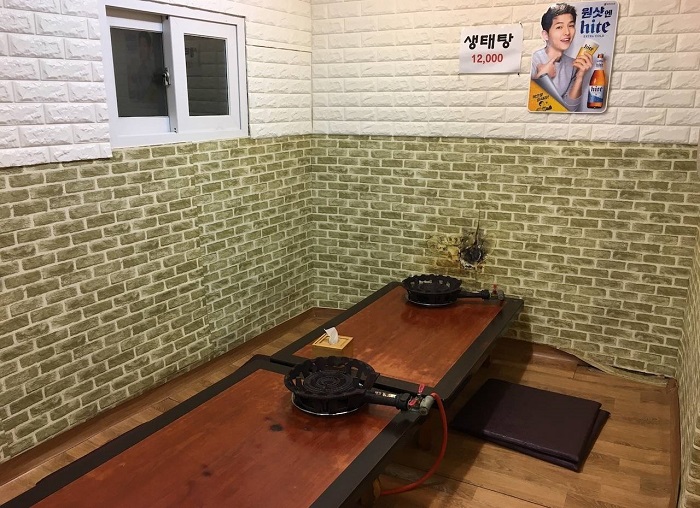
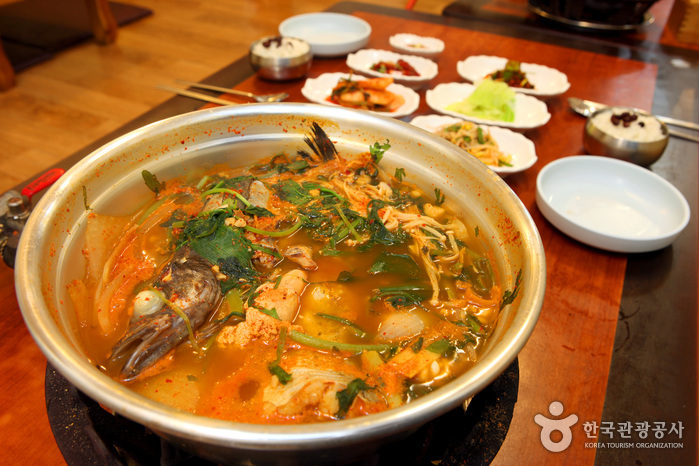
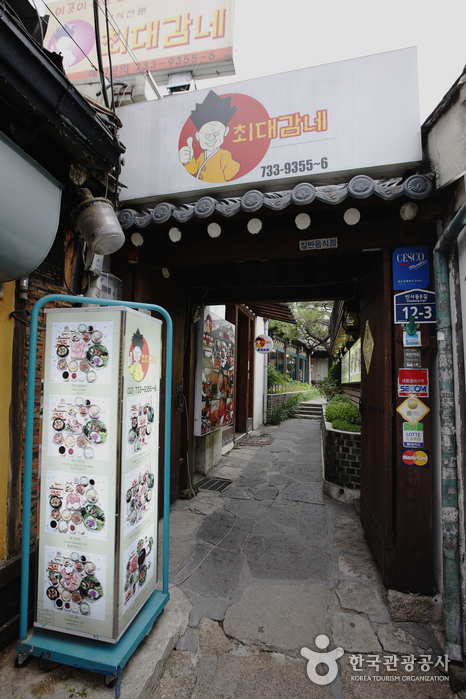
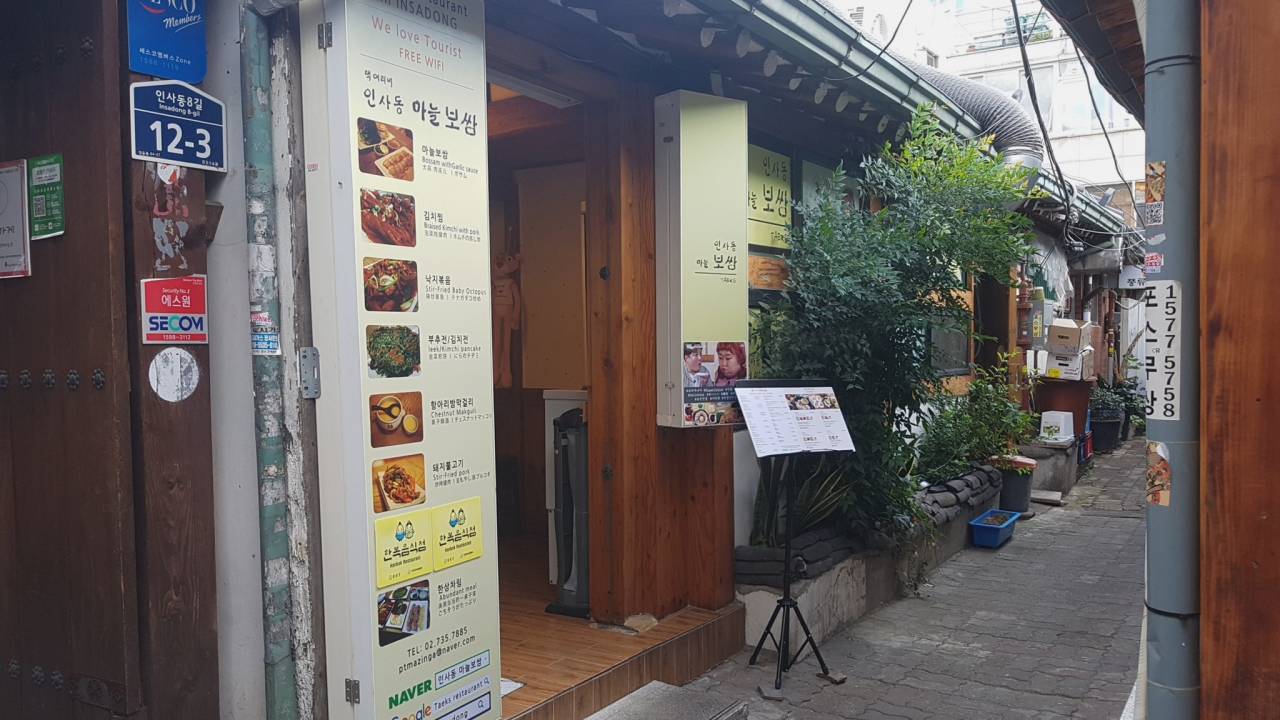
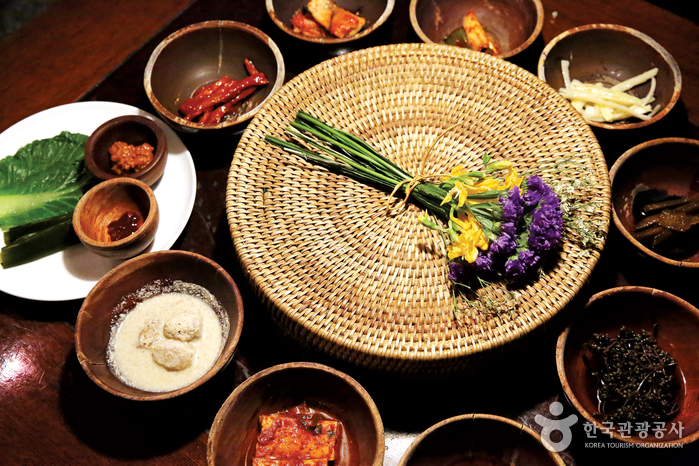
![STAY dayoff [Korea Quality] / 스테이 데이 오프 [한국관광 품질인증/Korea Quality]](http://tong.visitkorea.or.kr/cms/resource/96/2707596_image2_1.jpg)
 Español
Español
 한국어
한국어 English
English 日本語
日本語 中文(简体)
中文(简体) Deutsch
Deutsch Français
Français Русский
Русский